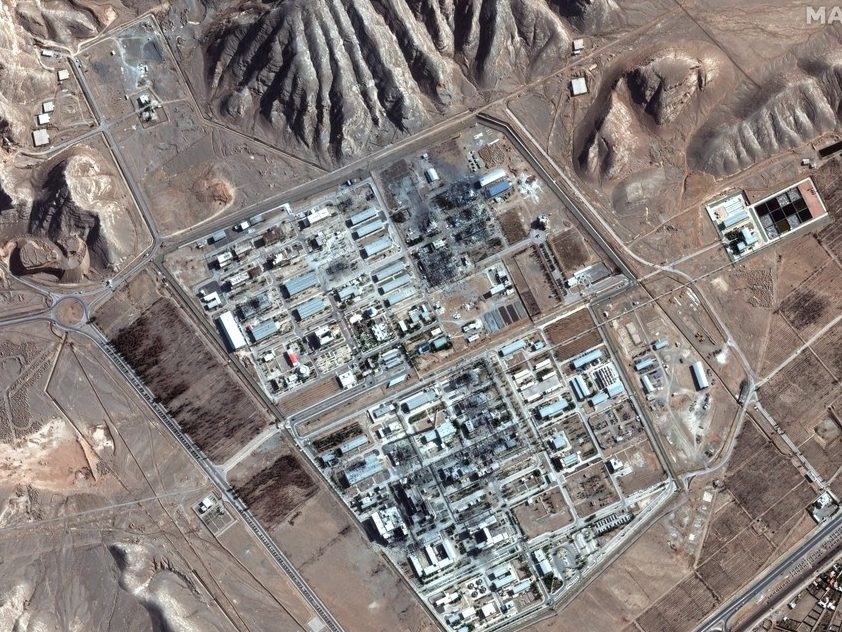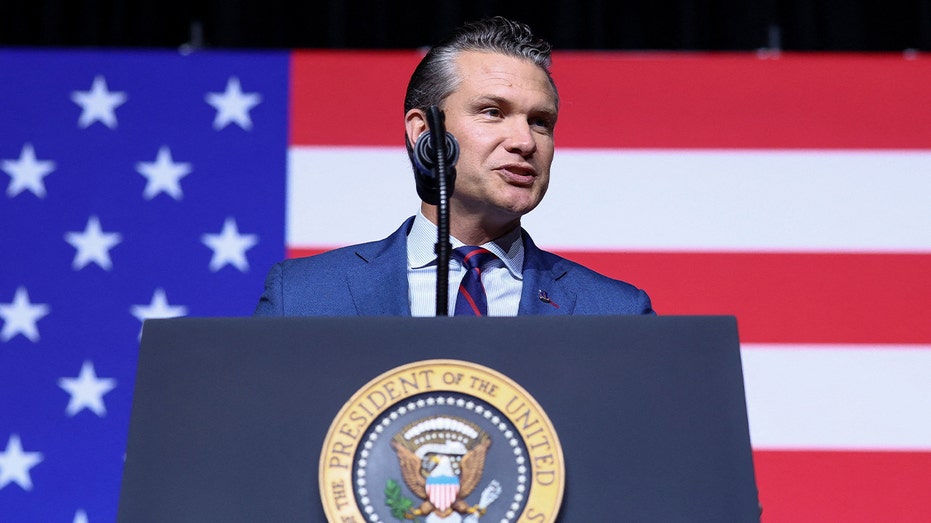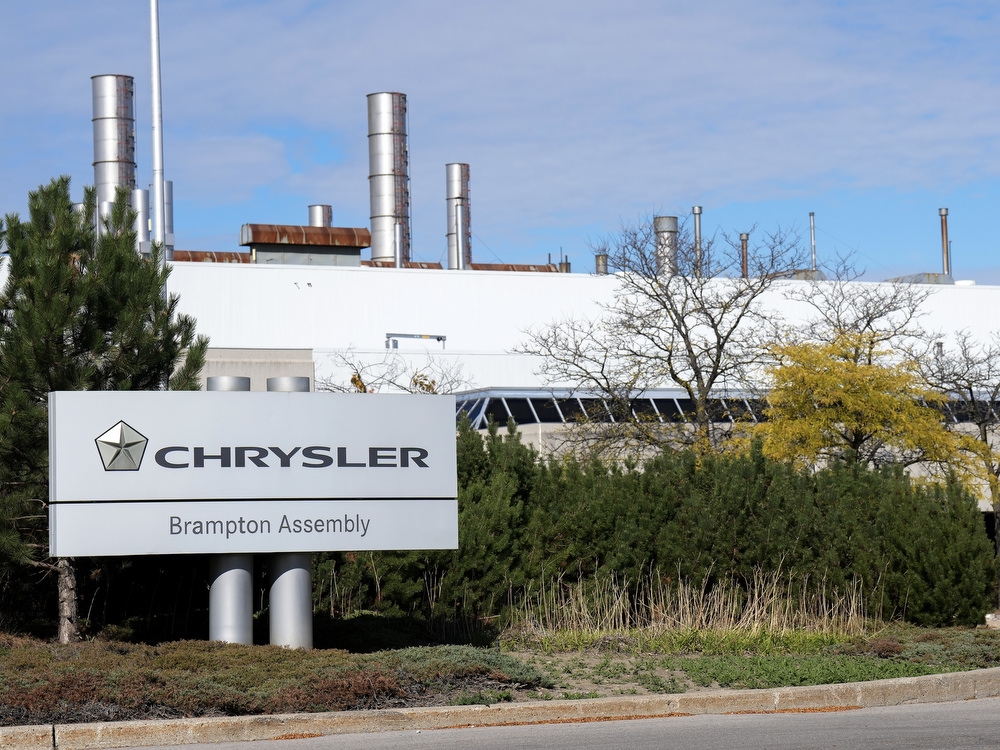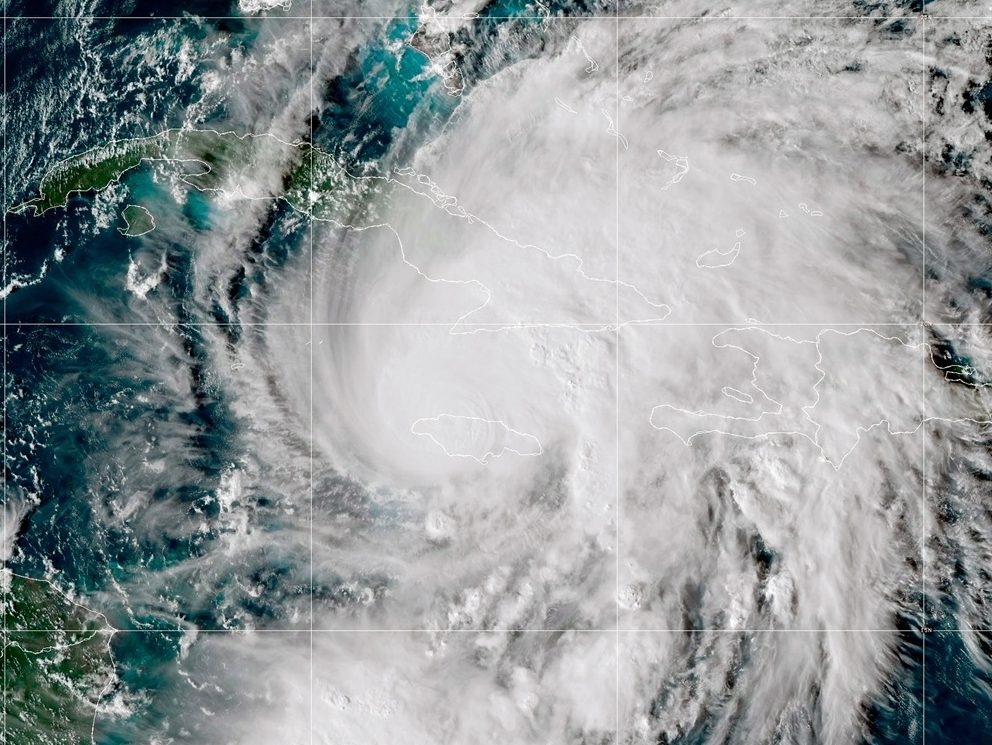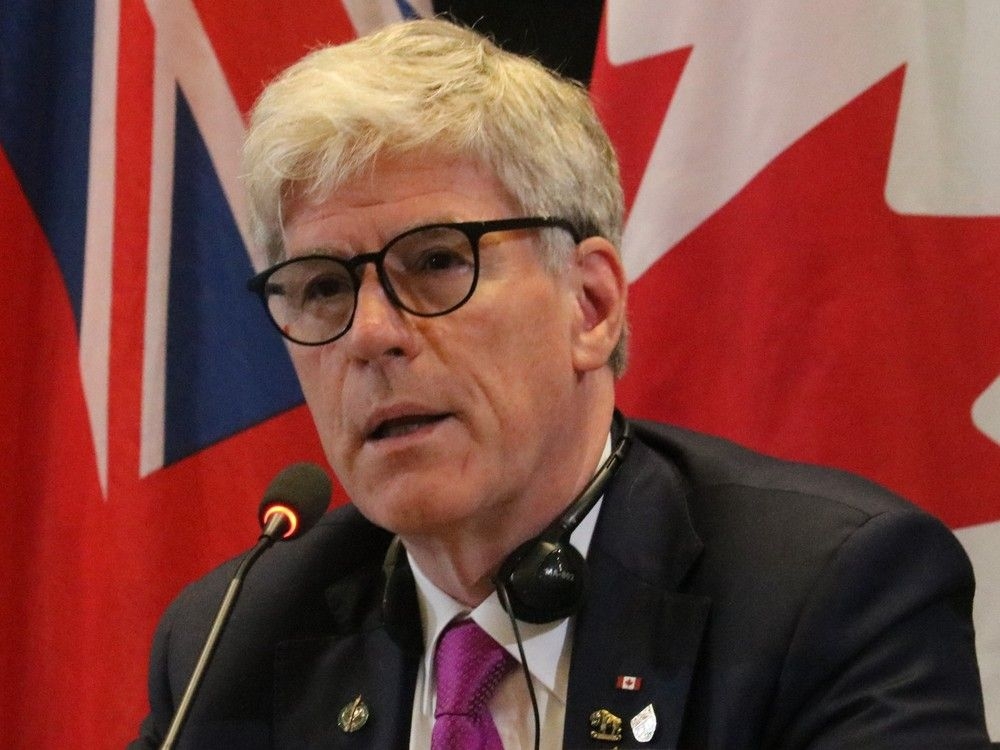The scene unfolded in Gyeongju, South Korea: a quiet moment before a carefully orchestrated dinner. Prime Minister Mark Carney and former U.S. President Donald Trump, seated together, exchanged a look – a pointed smile passing between them. It was their first shared space since a dramatic rupture in trade discussions just days prior.
Both leaders were guests at an exclusive dinner hosted by South Korean President Lee Jae-Myung, part of the Asia-Pacific Economic Cooperation forum. The gathering represented a select group of international figures, brought together amidst rising global tensions. The atmosphere, though outwardly cordial, carried a subtle weight.
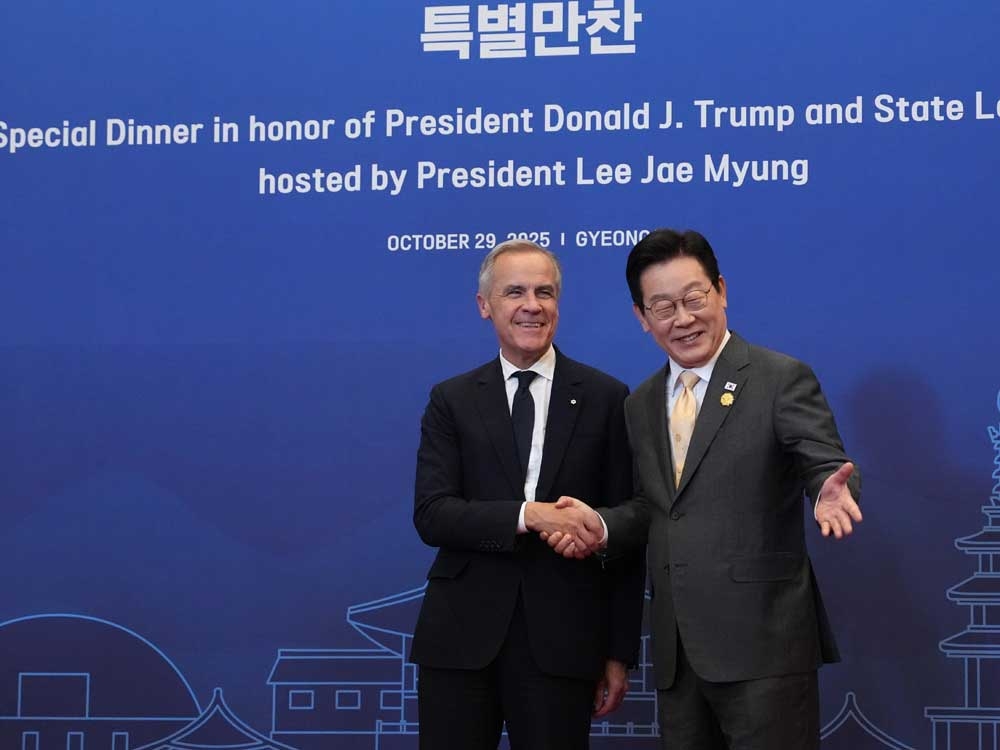
Before the formal welcome address, Carney and Trump appeared to engage in brief, polite conversation. The exchange felt deliberate, a carefully measured performance for the assembled observers. It was a stark contrast to the escalating rhetoric that had dominated headlines the previous week.
The fracture in relations began with a blunt announcement from Trump, delivered via his social media platform: negotiations with Canada were “terminated.” The declaration sent shockwaves through Ottawa and ignited a flurry of diplomatic activity.
The fallout quickly intensified. Trump followed up with a threat to impose a significant new tariff on Canadian goods – a retaliatory measure sparked by an advertisement funded by the province of Ontario. The ad, aired in the United States, directly challenged Trump’s trade policies.
The situation quickly spiraled, revealing a fragility in the long-standing economic partnership between the two nations. The dinner in Gyeongju, therefore, wasn’t simply a social event; it was a potential turning point, a silent test of whether a path to reconciliation could be found.
